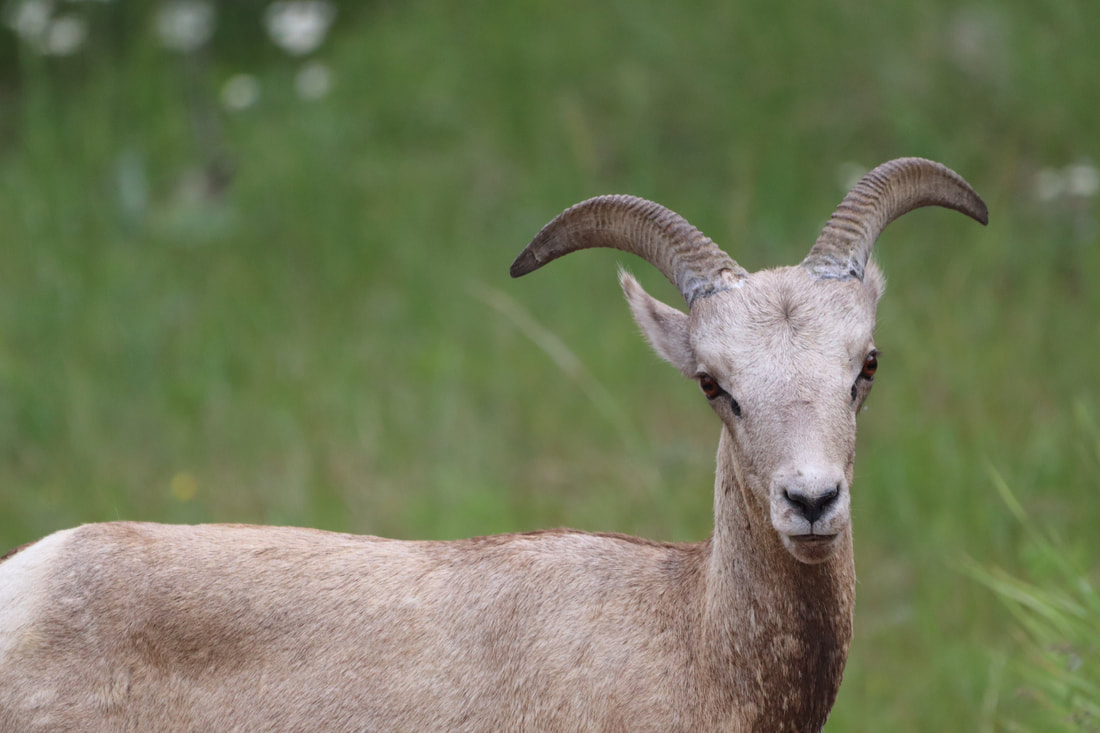Why study spatial disease dynamics?SARS-CoV 2 has shown us all how complex the dynamics of infectious diseases can be in real-world populations. Studying disease in wildlife is useful not only for conservation or mitigating spillover risk to humans, but also because wildlife diseases let us understand transmission dynamics among a broad array of host-pathogen lifestyles, leaving us better prepared to respond to emerging events. Methods built on any system, be it human, agricultural, wildlife, or plant, improve our capacity to respond to emerging threats.
Our lab is committed to understanding the processes that drive the risks and consequences of consumer-resource dynamics in wildlife systems. Our particular emphasis is on how environmental context and host life-history shape movement, social dynamics, contacts, and finally transmission or consumption. We focus around free-ranging cervid and caprid systems in the intermountain west as both model systems and systems of management interest unto themselves. |

